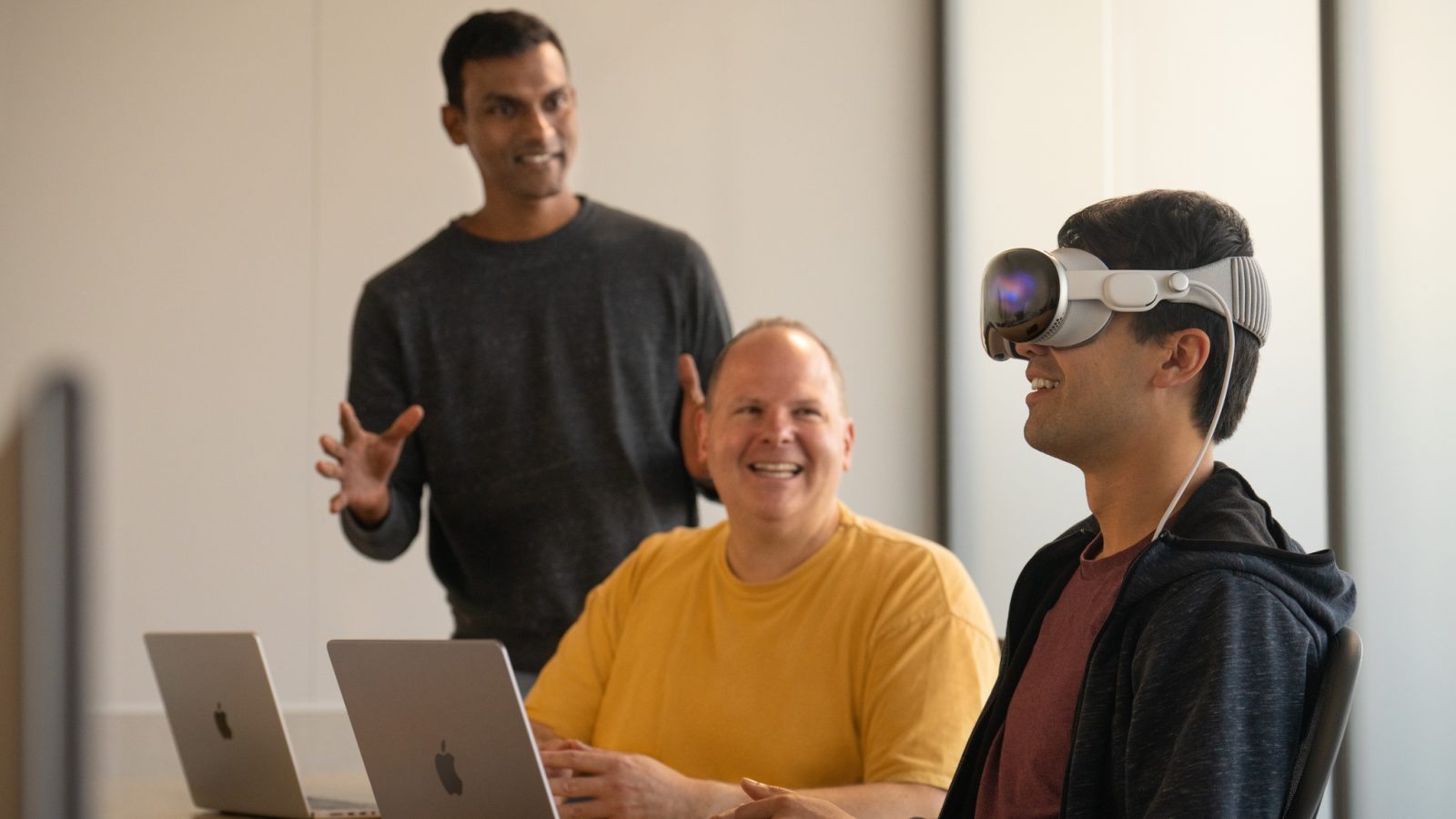
Apple Vision Pro is still months away from arriving in the US, and developers are already hard at work on crafting spatial computing experiences with their apps. Today Apple is sharing some of the insight from our favorite developers who have taken advantage of hands-on time with the headset.
Since announcing Vision Pro in June, Apple has been holding in-person labs to help developers prepare their apps for the $3500 mixed reality computer. Developers have also been able to request pre-release hardware in the form of a super secret developer kit.
Apple doesn’t allow developers who are loaned developer kits to speak freely about the development experience with actual hardware. The product isn’t finished so the pre-release hardware is for testing software and not evaluation.
Fortunately, Apple has shared some insight provided by developers who have taken advantage of those in-personal labs being held in various cities around the globe.
Michael Simmons, the mind behind the great calendar app Fantastical, talked about the concept of designing software without borders:
“It was like seeing Fantastical for the first time,” he says. “It felt like I was part of the app.” […]
“A bordered screen can be limiting. Sure, you can scroll, or have multiple monitors, but generally speaking, you’re limited to the edges,” he says. “Experiencing spatial computing not only validated the designs we’d been thinking about — it helped us start thinking not just about left to right or up and down, but beyond borders at all.” […]
Can people look at a whole week spatially? Can people compare their current day to the following week? If a day is less busy, can people make that day wider? And then, what if like you have the whole week wrap around you in 360 degrees?”
Meanwhile, Widgetsmith developer David Smith described the wow moment that happens when you experience apps with spatial computing:
“I’d been staring at this thing in the simulator for weeks and getting a general sense of how it works, but that was in a box,” Smith says. “The first time you see your own app running for real, that’s when you get the audible gasp.” […]
“I could say, ‘Oh, that didn’t work? Why didn’t it work?’ Those are questions you can only truly answer on-device.”
Ben Guerrette, who works on the music video editing app Spool, talked about the difference in developing for touch input and spatial computing:
“What’s different about our editor is that you’re tapping videos to the beat,” he says. “Spool is great on touchscreens because you have the instrument in front of you, but with Apple Vision Pro you’re looking at the UI you’re selecting — and in our case, that means watching the video while tapping the UI.”
“At first, we didn’t know if it would work in our app,” Guerrette says. “But now we understand where to go. That kind of learning experience is incredibly valuable: It gives us the chance to say, ‘OK, now we understand what we’re working with, what the interaction is, and how we can make a stronger connection.’”
You can read the full rundown from the makers of Fantastical, Widgetsmith, and Spool on Apple’s developer site.
For thoughts from our hands-on experience with Apple Vision Pro in June, check out our initial piece as well as our bonus thoughts here and here.
Apple Vision Pro will be available in the US in early 2024. Additional markets including the UK will begin selling Apple Vision Pro later next year.
Add 9to5Mac to your Google News feed.
FTC: We use income earning auto affiliate links. More.
Note: This article have been indexed to our site. We do not claim legitimacy, ownership or copyright of any of the content above. To see the article at original source Click Here














